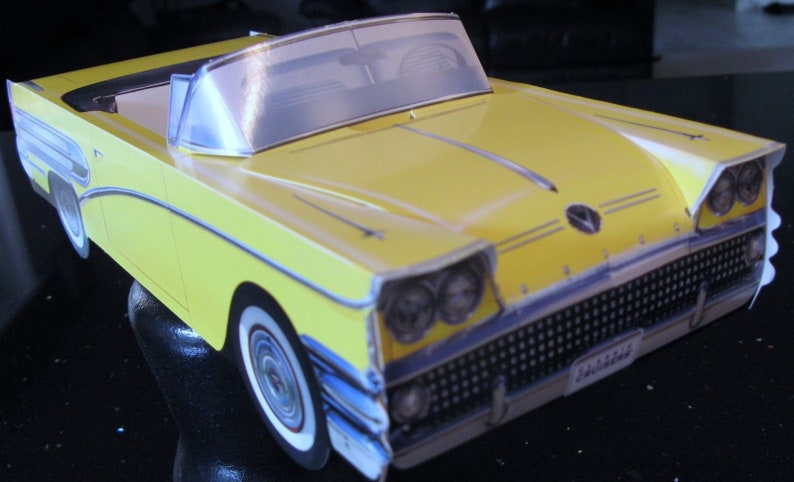

"Athearn HO Scale and Arnold N Scale 86-foot Box Cars". Archived from the original (PDF) on Novem. Modelling the Railways of South Australia.
#SHIPBOX CAR CODE#
Hobo Code, a form of hieroglyphs used by hobos, developed as a code to give information to Hobos frieghthopping. In the present day, hobos and migrant workers have often used boxcars in their journeys (see freighthopping), since they are enclosed and cannot be seen by railroad police, as well as being to some degree insulated from cold weather.

These problems were considered solved by the 1910s as British manufacturer Metropolitan and American builders such as Harlan and Hollingsworth constructed more passenger cars for the railroad.


In the Philippines, Boxcars were used as additional third-class accommodations by the Manila Railway Company during the early 1900s as there was a shortage of true passenger railroad cars. The internal height of the 86-foot (26.21 m) hicube boxcars originally used in automotive parts service was generally 12 feet 9 inches (3.89 m). The excess height section of the car end is often painted with a white band to be easily visible if wrongly assigned to a low-clearance line. These are taller than regular boxcars and as such can only run on routes with increased clearance (see loading gauge and structure gauge). In the 21st century, high cubic capacity (hicube) boxcars have become more common in the US. By 1905, 350 to 400 such machines were in use, mostly at Midwestern coal mines. This use was sufficiently widespread that several companies developed competing box-car loaders to automate coal loading. Heavy loads of cement or beer can make a boxcar load in the 50-or-60-short-ton (44.6-or-53.6-long-ton 45.4 or 54.4 t) range.īoxcars were used for bulk commodities such as coal, particularly in the Midwestern United States in the early 20th century. With steel frames, longer box cars were possible and thus forty-and-fifty-foot (12.192 and 15.240 m) cars emerged. In the late 1960s the Federal Railway Administration outlawed wood cars and they were slowly removed from the fleet. In the 1930s, pressed steel ends were added as were steel under framing. The beam frame was limited to a 25-foot (7.62 m) length. Originally made of all wood construction, with beam frame, and frame sides and roofs, the cars were a fire hazard. However, the grain is better transported in covered hopper cars. Grain can also be transported in boxcars designed specifically for that purpose specialized equipment and procedures are required to load and unload the cars. It was also impossible to mechanically load and unload. Later grain transport would use metal reinforced cardboard which was nailed over the door and could be punctured by a grain auger for unloading. Effectively a boxcar without the wheels and chassis, a container is designed to be amenable to intermodal freight transport, whether by container ships, trucks or flatcars, and can be delivered door-to-door. The other cause for this decline is the dramatic shift of waterborne cargo transport to container shipping. Their generalized design is still slower to load and unload than specialized designs of car, and this partially explains the decline in boxcar numbers since World War II. Originally they were hand-loaded, but in more recent years mechanical assistance such as forklifts have been used to load and empty them faster. Illustration of a boxcar being unloaded by handīoxcars can carry most kinds of freight.


 0 kommentar(er)
0 kommentar(er)
